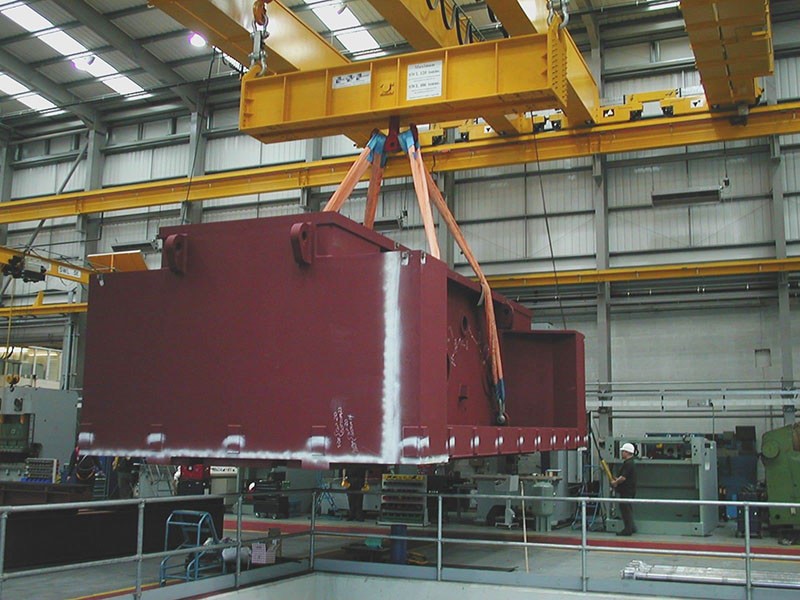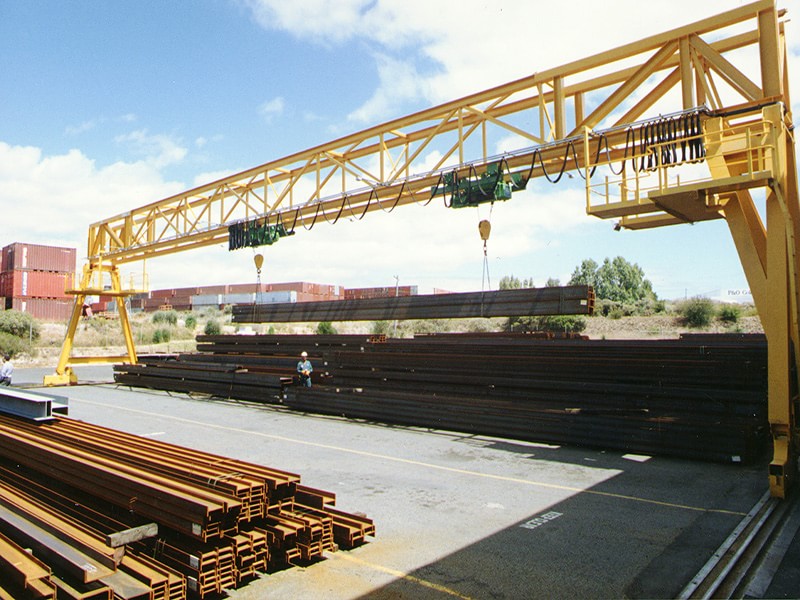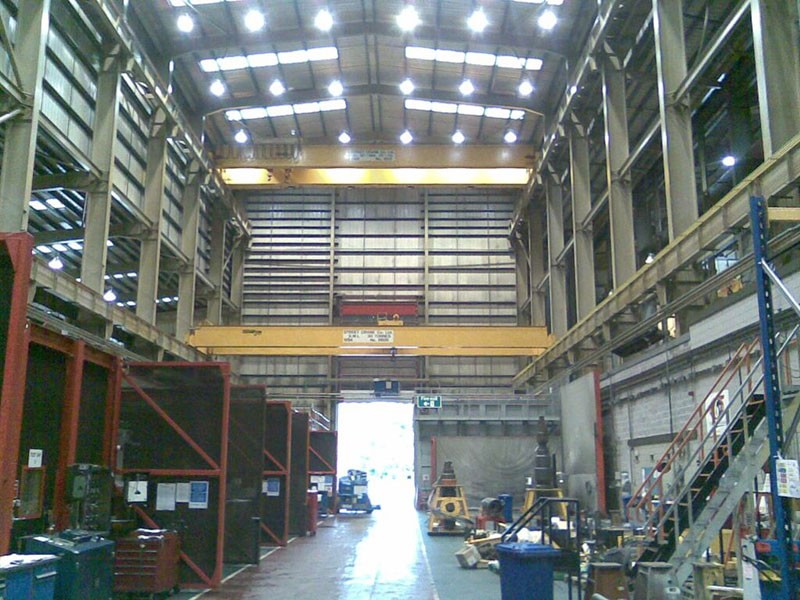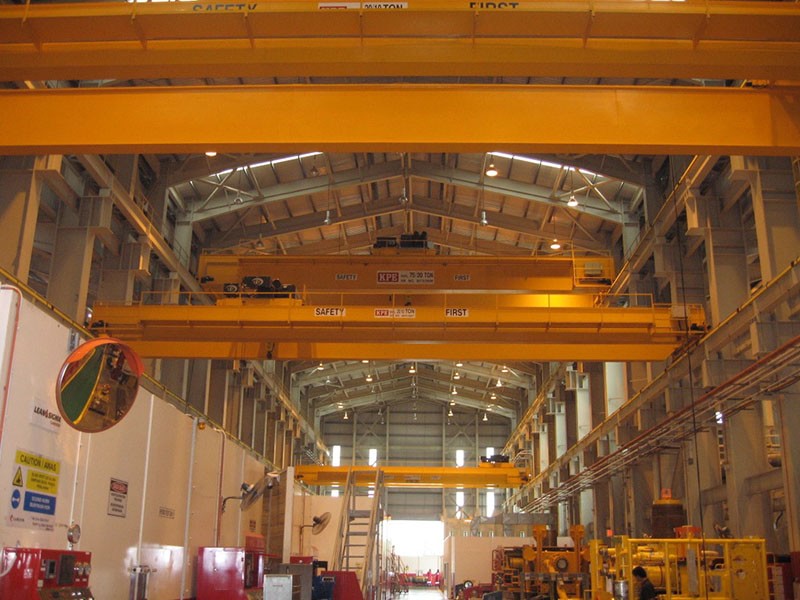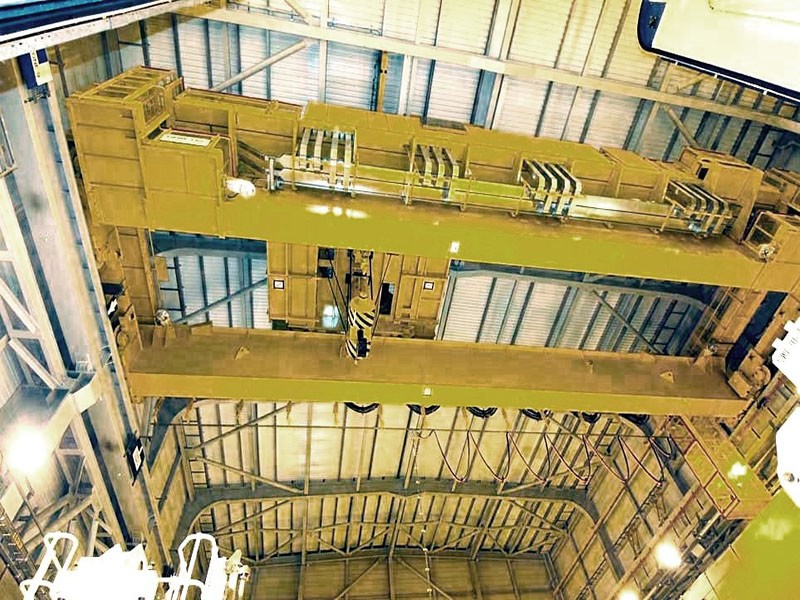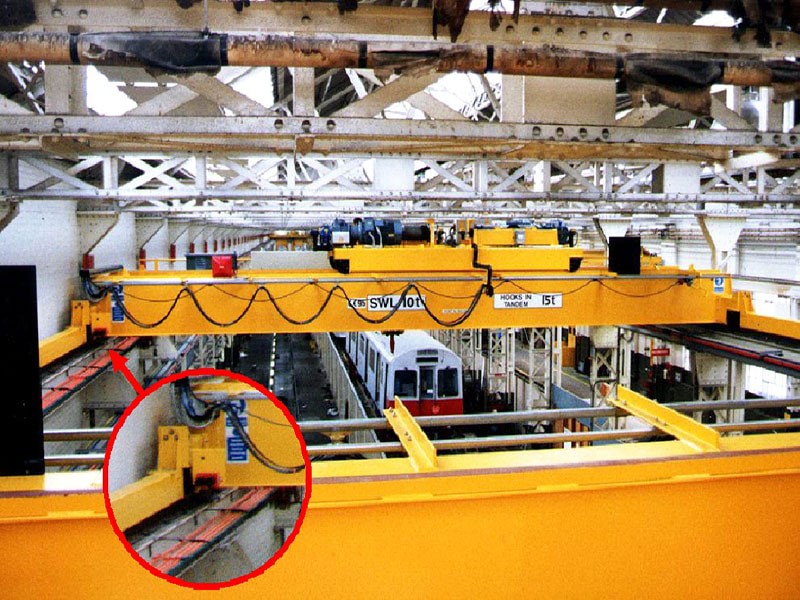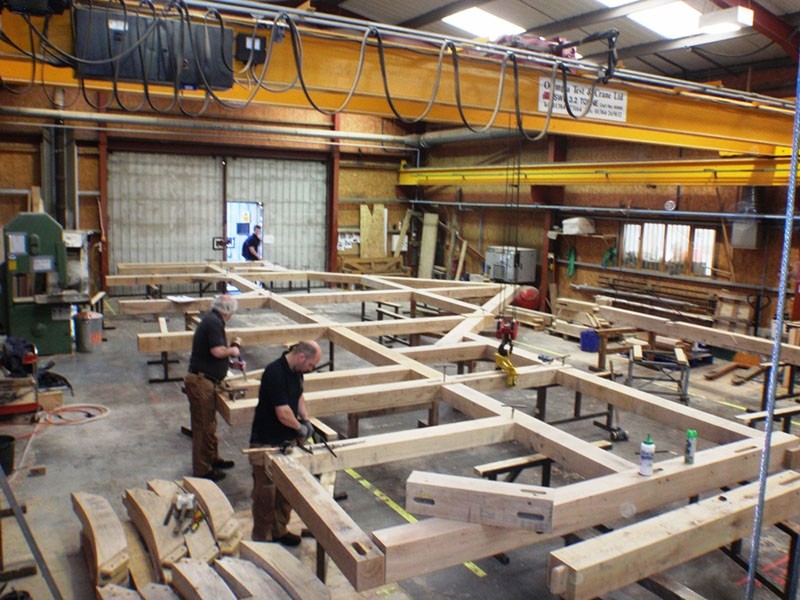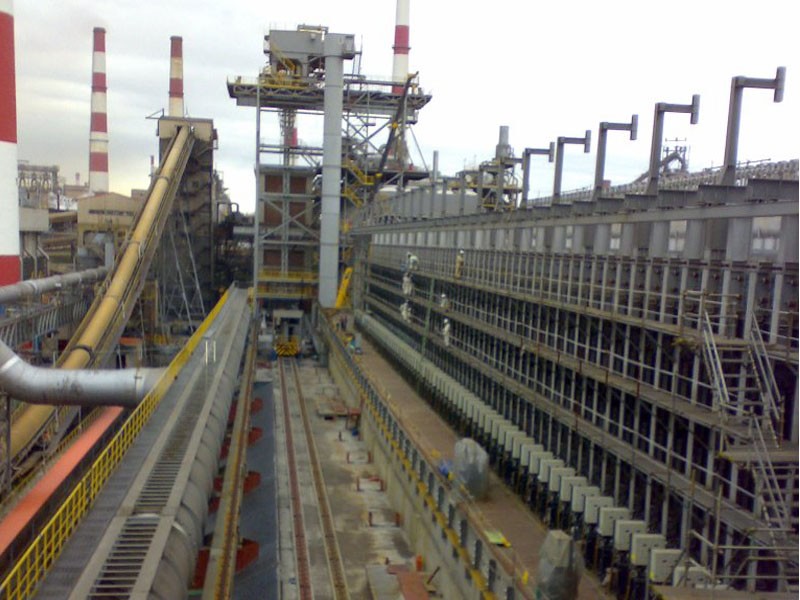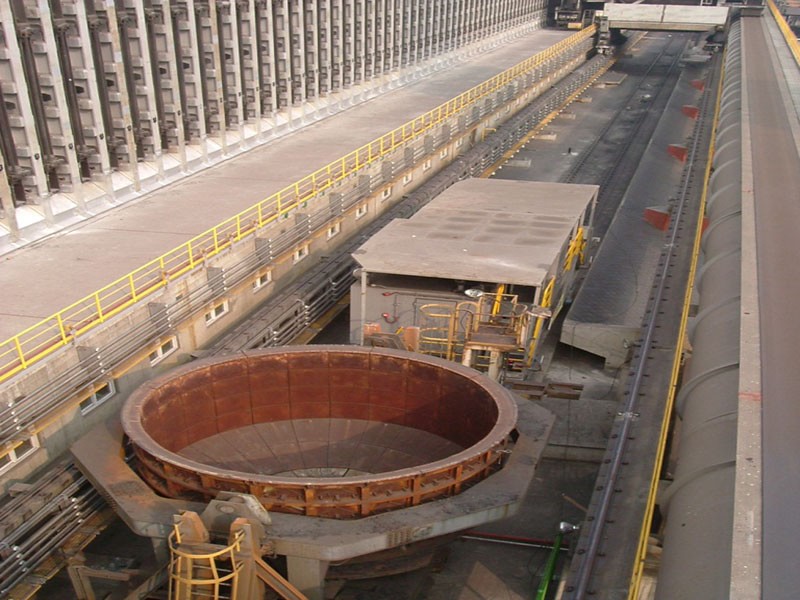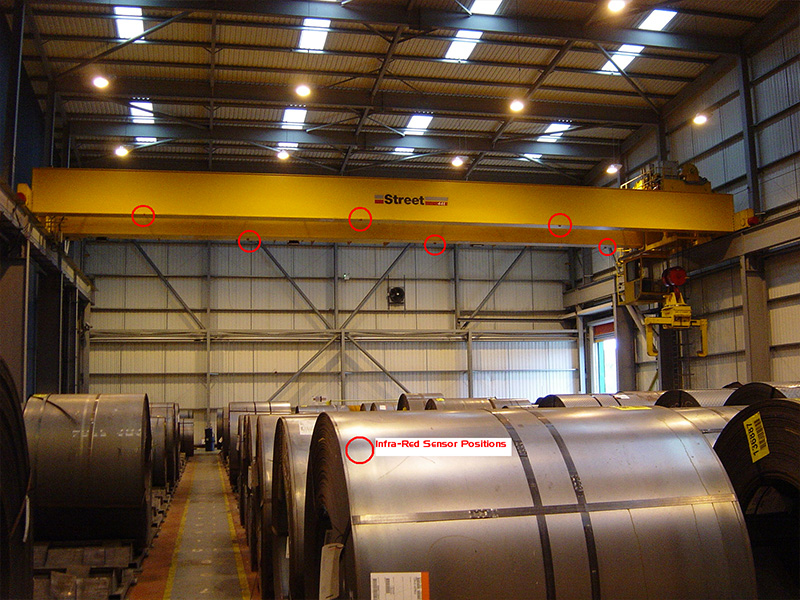Sub-Menu
Signalling Mediums Used
The Radio Frequency Medium (Short Range Devices)
Radio transmission (depending on the frequency used) must in most countries be a short range device (SRD) and to a low specified power output and must only be used for Data transmission. Voice must not be used on such devices although it has been found that sometimes rogue users of these low power SRD’s increase the output power and consequently range as a medium for Taxi base and taxi-cab communication. This can adversely affect legal compliant systems. The most common permitted frequency in many countries is 433-434MHz, although some manufacturers use higher frequencies in the 800MHz band, very close to mobile phone allocations, with occasional adverse performance. Whatever country of use there is usually some form of licensing or approval and as such must be able to sustain continuous transmission in order to ensure the integrity of dual channel safety as in CAT 3. Periodic operation (on demand) is and cannot be a compliant form of integrity. In most countries which is either a proven compliance to a specific standard of the country of use or a local individual site licence or both.
Where command medium options exist, like with crane remote control system applications, the system signalling medium can be Infra-Red or Radio or even a combination, as found with COMMANDER™ products. In either format the method MUST be able to sustain continuous transmission in order to ensure the integrity of dual channel safety as in CAT 3 as periodic operation is and cannot be a compliant form to ensure such integrity. With Radio systems, there are several factors to take into consideration when choosing Radio as a transmission medium for a remote control system. Radio signals can pass through solid objects so that the operator can quite easily be out of sight of the machinery being controlled. This creates an obvious safety hazard for workers in the vicinity of the lifting operation and has the potential to inadvertently cause damage to plant, machinery and production. Operators can sometimes pick up the wrong controller for they crane they want to operate, this means that due to the long range capability of Radio systems the incorrect crane is started and operated without the operator being aware of his mistake.
Some Radio transmissions can be affected by interference especially in an electronically polluted industrial environment where electrical equipment in use in the vicinity can produce electromagnetic interference or spurious signals. Illegal high power Radio transmissions can also have an adverse effect in such situations where frequencies match or harmonically conflict with the approved remote control system frequency. With COMMANDER™ system technology, shutdown would occur in circumstances of high electronic pollution, radiated and illegal emissions.
Although Radio has the advantage in some circumstances of long distance control, there are usually a limited number of systems that can be used on a single site within the permitted Radio bandwidth allocated by the relevant licensing authority or standard. COMMANDER™ systems also incorporate factory set address coding which means that each frequency or channel can be used a considerable number of times in conjunction with this coding method providing that adjacent systems are of a different frequency and address code.
With COMMANDER™ systems, maximum safety and performance is achieved by overcoming some of the safety hazards associated with Radio based signalling systems by the incorporation of one of the following options. COMMANDER™ Radio systems can incorporate IRSUL™ (Infra-Red Start Up Link) (CloseStart™) which ensures that the operator can only start the remote control system within a specific pre-set range. This option provides a very high degree of range control whilst at the same time give the operator the freedom associated with Radio based systems.
